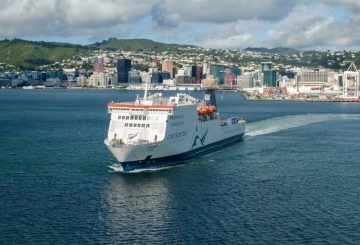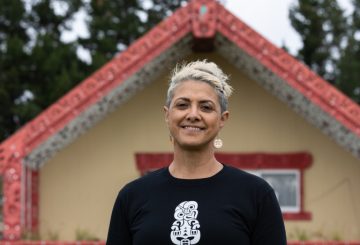에어 뉴질랜드는 모든 여행자의 이익을 위해 승객에게 기내 수하물 규정을 준수할 것을 촉구하고 있습니다.에어 뉴질랜드의 케이트 보이어 (Kate Boyer) 대표는 대부분의 승객이 수하물 제한을 준수하지만 크기와 무게의 한계를 뛰어넘는 승객도 있다고 말했습니다.그녀는 정책을 숙지하고 해당 한도를 유지하는 것이 중요하다고 강조했습니다.
보이어는 또한 승객들이 너무 많은 물품을 기내에 반입하려고 하는 문제를 강조했습니다.그녀는 이렇게 말했습니다. “머리 위에는 한 개씩, 아래에는 개인 물품 한 개를 넣을 수 있도록 해 달라고 부탁합니다.가방이 서너 개 있는데 쇼핑을 조금 마쳤다면 다시 정리해야 할 것 같아요.”
그녀는 이런 문제를 피하는 비결은 공항에 도착하기 전에 수하물 한도를 확인하는 것이라고 덧붙였습니다.이를 통해 탑승 또는 하차 지연을 방지하고 모든 사람이 기내에 충분한 공간을 확보할 수 있습니다.
국내선 승객은 총 무게 제한이 7kg인 소형 수하물 1개와 개인 물품 1개를 휴대할 수 있습니다.국제선 이코노미 승객에게도 동일한 무게 제한이 적용되며, 비즈니스 또는 프리미엄 이코노미 승객은 최대 14kg의 기내 수하물을 휴대할 수 있습니다.기내 반입 수하물의 크기는 길이, 너비 및 높이를 더하여 결정되며, 총 118cm를 초과해서는 안 됩니다.
보이어는 또한 에어 뉴질랜드가 승객에게 특히 단기 여행의 경우 수하물을 체크인하지 않고 여행할 수 있는 옵션을 제공한다고 언급했습니다.하지만 그녀는 항공사의 정책 한도를 준수하는 것이 중요하다고 강조했습니다.
지난 달 에어 뉴질랜드는 일부 국내선 노선의 요금을 인상했으며, 다른 노선에서도 추가 인상할 계획입니다.이 항공사의 CEO인 그렉 포란 (Greg Foran) 은 추가 수하물 또는 애완동물에 대한 요금과 같은 부수적 비용을 고려하고 있다고 언급하기도 했습니다.
관련 뉴스에서 항공 업계 평론가 아이린 킹 (Irene King) 은 2024년에 국제선 항공편 요금이 더 비싸질 수 있다고 예측했습니다.이는 하와이안 항공이 수익성 부족으로 인해 올해 4월부터 11월까지 뉴질랜드에서의 서비스를 중단하기로 결정한 데 따른 것입니다.




























































